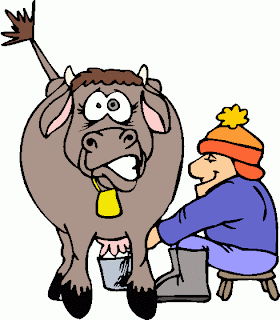Stock Market Investment Primer

This primer is aimed at the long-term investor. But this does not mean that you should necessarily hold all of the stocks and funds in your portfolio for a long time. WHY STOCK PRICES GO UP The movement of a stock index such as the S&P 500 or an individual stock depends on two things: Earning per share (EPS) and changes in EPS. Stock price/earnings per share ratio (PE ratio) and changes in the PE ratio. If the PE ratio stays the same, an increase in EPS often leads to an increase in the stock price. The same is true of a stock index. Rising EPS combined with a rising PE ratio is often the reason why a stock goes up more than the average stock. Since 2009, the beginning of the stock market recovery from the last recession, most of the increase in stock prices has been due to the increase in earnings per share (EPS). Well, that was easy. Well, not really. The stock market is “forward-looking,” that is, it tries to anticipate change, especially cha...



